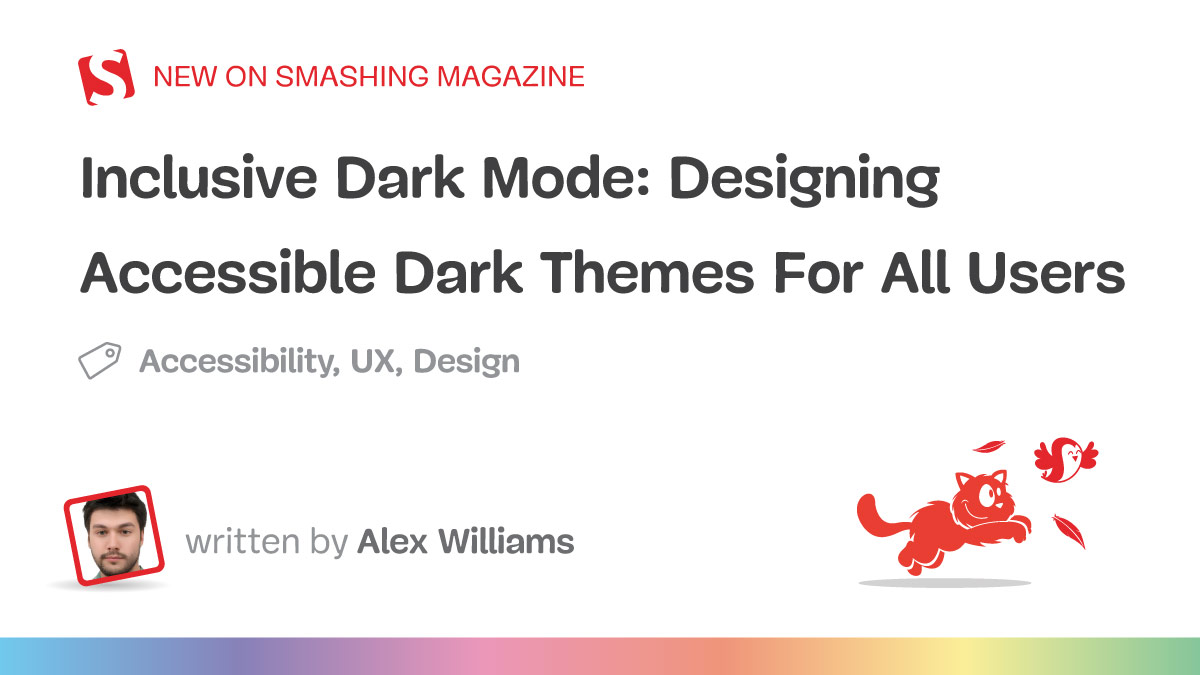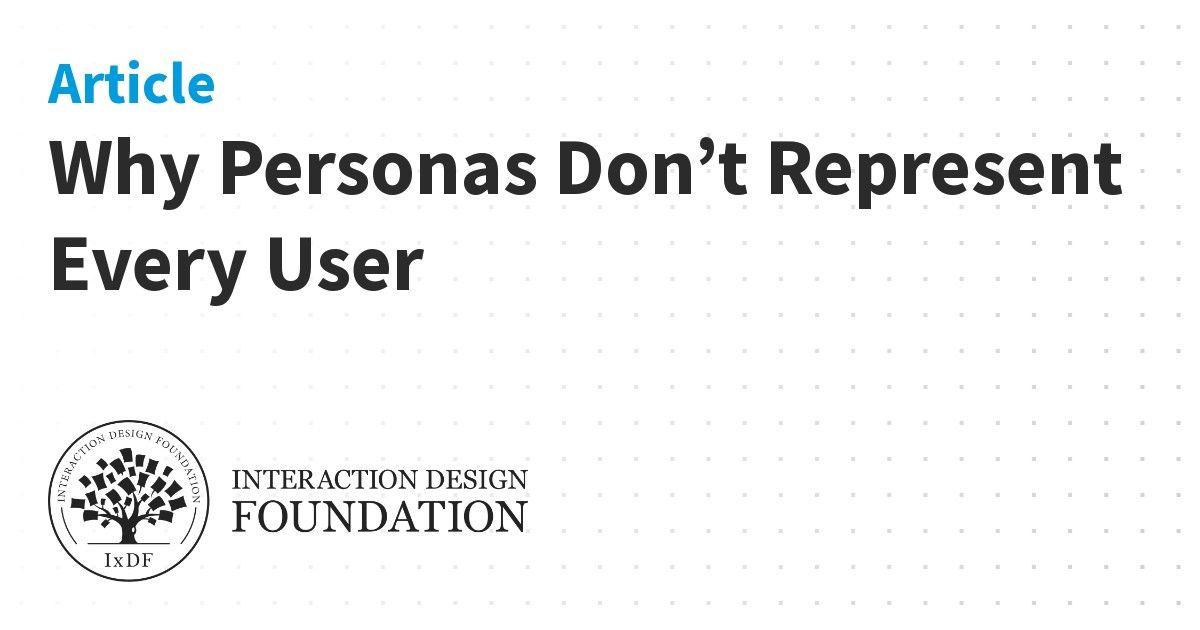AccessibilityFocused on removing barriers, accessibility ensures that websites and products are usable by people with a wide range of abilities.
268 Accessibility articles
13 Accessibility tools
Leonardo
Create beautiful, accessible, and adaptive color systems using contrast-ratio based generated colors.

Colorblind Web Page Filter
Use the Colorblind Colorlab to select safe colors earlier in the design process.

Color Tool
Create, share, and apply color palettes to your UI, as well as measure the accessibility level of any color combination.

Colorbox
Comprehensive colour palette generator, now sponsored by Lyft.

Contrast
A macOS app for quick access to WCAG color contrast ratios.

Accessible color palette builder
This is a tool to help designers build color palettes with combinations that conform with accessibility standards.

Sim Daltonism
The color blindness simulator.

Colorable
Take a set color palette and get contrast values for every possible combination – useful for finding safe color combinations with predefined colors and includes pass/fail scores for the WCAG accessibility guidelines.

Color Safe
Empowering designers with beautiful and accessible color palettes based on WCAG Guidelines of text and background contrast ratios.

Accessible brand colors
This tool shows you how ADA compliant your colors are in relation to each other. By adding your brand’s colors on the right, you can generate a chart to see how they can be used together for accessibility, and find similar colors that work better.

Accessible Colours
We evaluate your color combination using the WCAG 2.0 guidelines for contrast accessibility. If your combination does not meet the guidelines, we find the closest accessible combination by modifying the color lightness.

Color Oracle
Design for the color impaired. A free color blindness simulator for Windows, Mac and Linux.

Button contrast checker
Enter your domain and we test if your buttons have enough contrast and are compliant with WCAG 2.1.

6 Accessibility books
Accessibility for Everyone
Laura Kalbag · A Book Apart
You make the web more inclusive for everyone, everywhere, when you design with accessibility in mind.

A Web for Everyone
Sarah Horton and Whitney Quesenbery · Rosenfeld Media
If you are in charge of the user experience, development, or strategy for a web site, A Web for Everyone will help you make your site accessible without sacrificing design or innovation.

Form Design Patterns
Adam Silver · Smashing Magazine
A practical guide to designing and coding simple and inclusive forms for the web.

Inclusive Components
Heydon Pickering · Heydon Pickering
Inclusive Components examines common web UI patterns through the lens of inclusion.

Inclusive Design Patterns
Heydon Pickering · Smashing Magazine
This book covers all the techniques, gotchas and front-end strategies you need to be aware of when building accessible, inclusive interfaces

Mismatch: How Inclusion Shapes Design
Kat Holmes · MIT Press
How inclusive methods can build elegant design solutions that work for all.



























